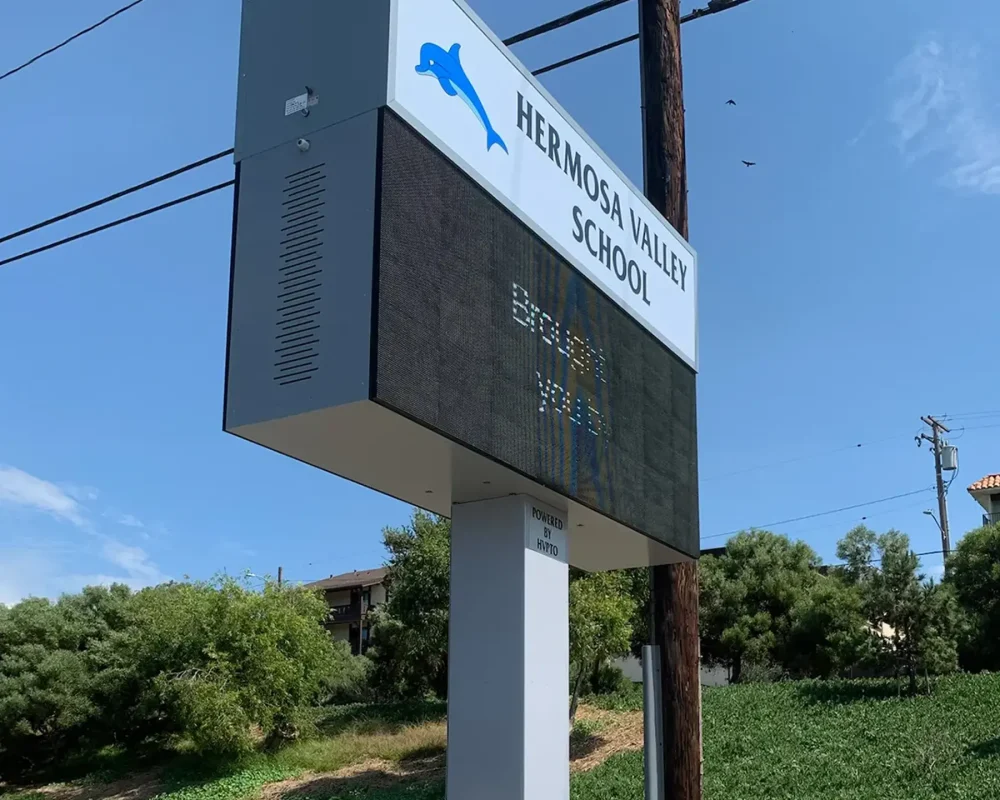Creating an inclusive environment is not only a legal obligation but also a key aspect of designing public-access buildings. At Resource 4 Signs, we understand the critical role ADA-compliant Braille and tactile signage play in ensuring accessibility for all individuals, particularly those with visual impairments. This article aims to guide builders and general contractors in Southern California through the standards and requirements necessary to meet ADA guidelines for Braille and tactile signs.
Introduction to ADA Signage Requirements
The Americans with Disabilities Act (ADA) mandates that public buildings provide accessible signage, including Braille and tactile features, to assist individuals with visual impairments. This signage must meet specific standards to ensure it is both functional and compliant. Contractors need to be aware of these standards to avoid costly delays and non-compliance penalties.
Importance of Braille and Tactile Signs for Accessibility
Braille and tactile signs serve as crucial navigational tools for individuals with vision impairments, helping them access essential information, such as room numbers, exits, restrooms, and emergency instructions. By ensuring compliance with ADA standards, you are not only meeting legal requirements but also enhancing the building’s overall accessibility and usability.
ADA Guidelines for Braille Size, Spacing, and Positioning
Braille characters must follow precise size, spacing, and positioning guidelines. The dot height, spacing between dots, and horizontal spacing between cells are regulated by touch to ensure readability. Braille must be Grade 2, which is a contracted form of Braille that is commonly used for signs, and the dots must be domed or rounded.
Key Specifications:
- Dot height: Between 0.6 and 0.9 millimeters
- Dot spacing: Between 2.3 and 2.5 millimeters
- Positioning: Directly below the corresponding tactile text
Tactile Lettering Standards: Font, Case, and Height
Tactile text, designed for touch reading, must be presented in uppercase letters. The font should be simple, such as Helvetica or Arial, avoiding any decorative or stylized fonts that may hinder legibility. The character height should range between 5/8 inch and 2 inches, depending on the size of the sign and the space available.
Font and Case Requirements:
- Sans-serif fonts are recommended
- All tactile letters should be uppercase for consistency and readability
- Minimum character height: 5/8 inch
- Characters shall be sans serif or simple serif.
- Characters shall not be italic, oblique, script, highly decorative, or of other unusual forms.
Sign Placement Requirements for Braille and Tactile Signs
The placement of ADA-compliant signs is critical. Signs must be installed in a location that can be easily reached and read by individuals who are blind or have low vision. Typically, they are placed next to doorways or on walls at a height between 48 and 60 inches from the ground, allowing easy access without physical obstructions.
Materials and Durability Standards for ADA Signs
ADA signs must be durable enough to withstand regular use and environmental factors. Materials like acrylic, metal, or high-impact plastic are commonly used because of their resilience. These signs should also maintain their tactile readability over time, even when exposed to weather conditions in outdoor applications.
Color Contrast and Non-Glare Finishes
Proper contrast between the text and background is essential for individuals with low vision. The ADA requires a minimum contrast ratio of 70% between the background and lettering. Additionally, signs should have a non-glare finish to ensure readability under different lighting conditions.
Mounting Height and Location Guidelines
Signs must be mounted within specific height ranges to ensure they are within reach for all individuals, including those using wheelchairs. The baseline of the lowest tactile character should be at least 48 inches above the floor, and the highest tactile character should be no more than 60 inches from the ground.
Types of Buildings That Require ADA-Compliant Signage
Under ADA regulations, public-access buildings such as schools, hospitals, office buildings, hotels, and apartment complexes are required to provide ADA-compliant signage. This applies to all permanent rooms and spaces, including restrooms, stairwells, and exits. Temporary signs or signs that are not part of the building’s permanent structure are typically exempt from these requirements.
Inspection and Compliance Procedures
It is essential to ensure that your building’s signage is inspected for compliance during construction to avoid potential legal issues; failing to meet ADA standards can result in fines and additional costs for retrofitting non-compliant signs. Partnering with a signage expert like Resource 4 Signs ensures all signs are fabricated and installed in full compliance with ADA requirements.
Common Mistakes in ADA Signage Installation
Some common mistakes in ADA signage installation include improper mounting height, using decorative fonts that are difficult to read, and inadequate color contrast. Contractors should also avoid placing signs in locations that are blocked by furniture or other obstacles, as this can hinder accessibility.
Partnering with an ADA Signage Expert
Partnering with an experienced signage company can be invaluable in navigating the complexities of ADA signage standards. At Resource 4 Signs, we specialize in designing, manufacturing, and installing ADA-compliant Braille and tactile signs. Our team ensures that your project meets all regulatory requirements while enhancing the accessibility and functionality of your building.
By following these standards, builders and contractors can ensure their projects are not only compliant with ADA regulations but also accessible to everyone, fostering an inclusive and welcoming environment.
Create an inclusive, welcoming space for all. Contact our team for ADA-approved signs today!




